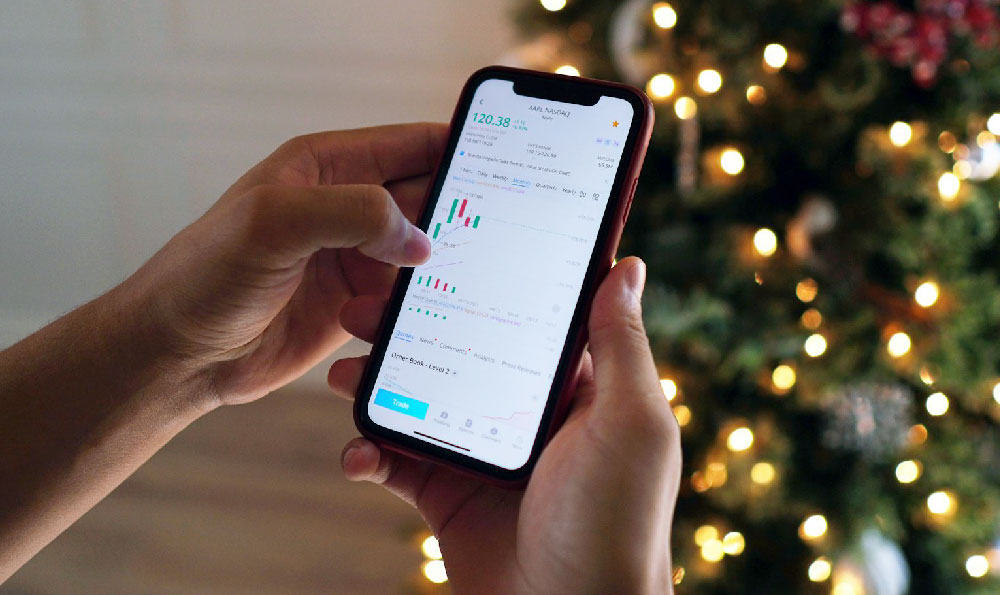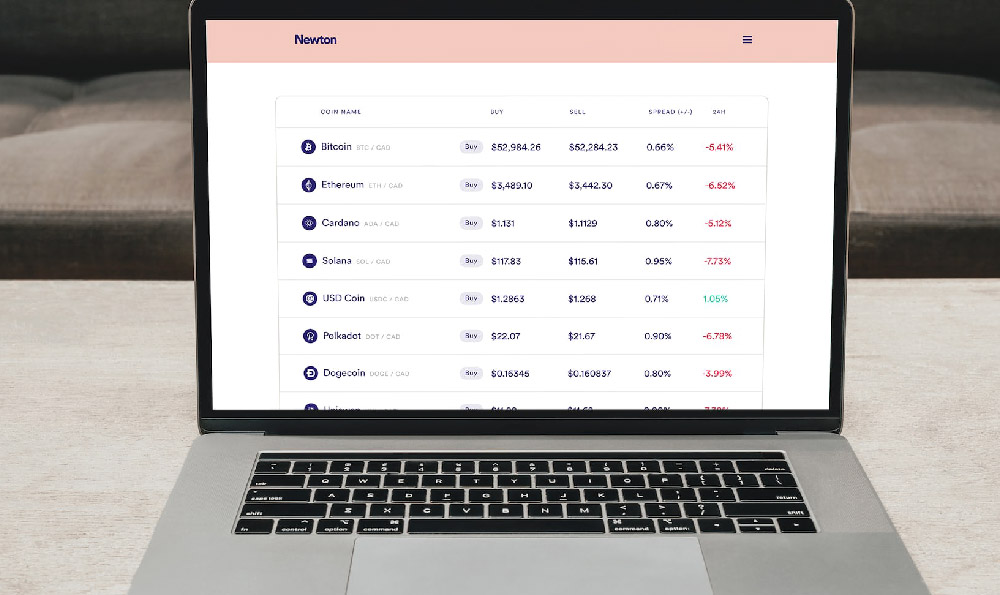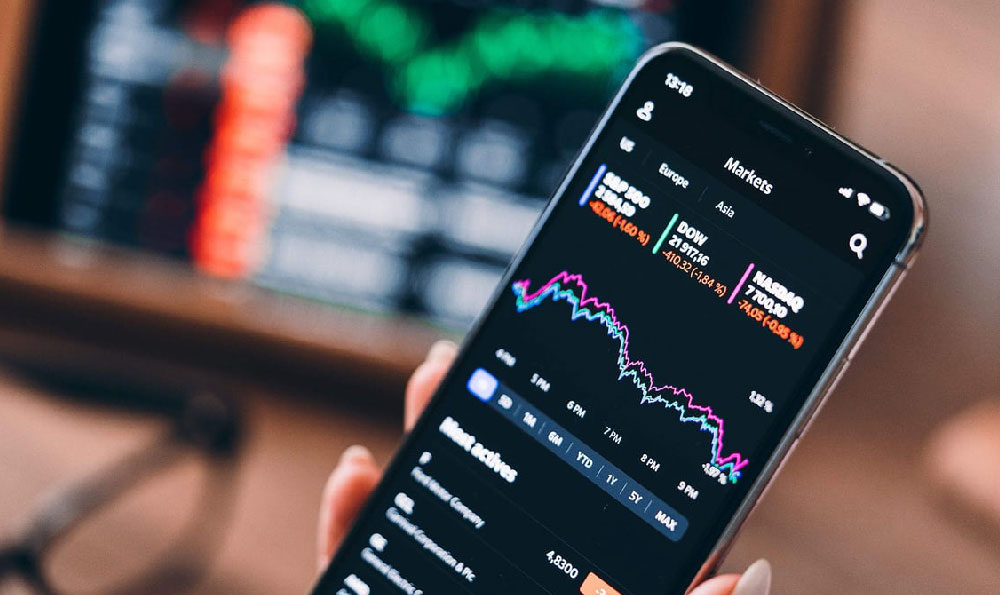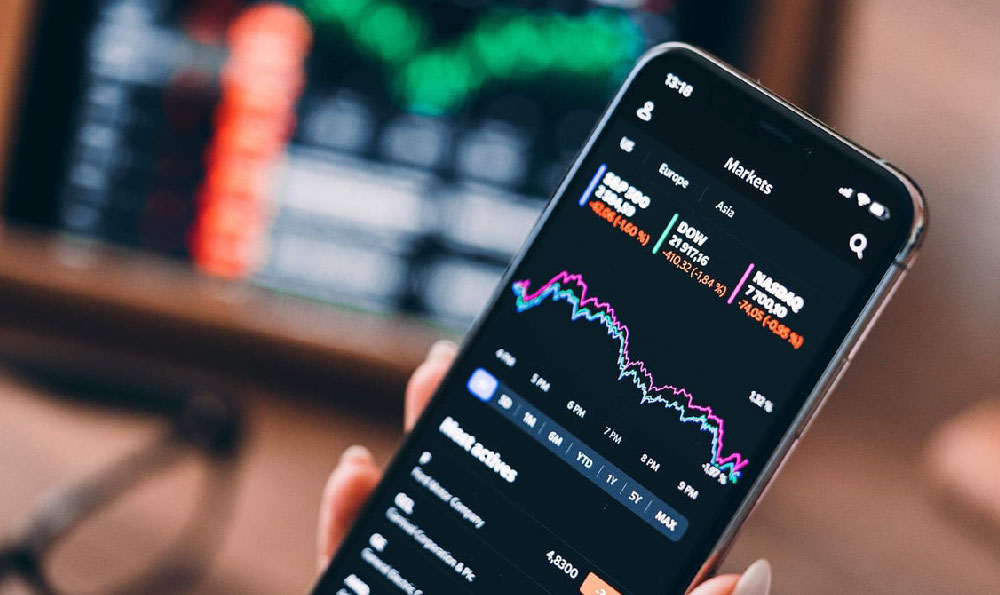What are bonds? Are bonds a good investment option?

Bonds, at their core, represent a loan made by an investor to a borrower, which could be a corporation, a municipality, or even a government. In exchange for this loan, the borrower promises to pay back the principal amount at a predetermined future date, known as the maturity date, and to make periodic interest payments, often referred to as coupon payments, over the life of the bond. Understanding this fundamental relationship is crucial to evaluating bonds as a potential investment.
The allure of bonds often lies in their perceived stability and predictability. Unlike stocks, which can experience dramatic price swings based on market sentiment and company performance, bonds typically offer a more consistent stream of income through their coupon payments. This makes them particularly attractive to risk-averse investors, retirees seeking a steady income flow, or those nearing retirement age who want to preserve their capital. The fixed income nature of bonds can also provide a valuable counterbalance to the volatility of a portfolio dominated by equities.
However, it's a fallacy to assume that bonds are entirely risk-free. Several factors can influence the value of a bond and impact its investment return. Interest rate risk is perhaps the most significant. When interest rates rise, the value of existing bonds tends to fall. This is because newly issued bonds will offer higher coupon rates, making older, lower-yielding bonds less attractive to investors. Conversely, when interest rates fall, the value of existing bonds tends to increase.

Credit risk is another important consideration. This refers to the risk that the borrower may default on its debt obligations, meaning it's unable to make timely interest payments or repay the principal at maturity. Credit rating agencies like Moody's, Standard & Poor's, and Fitch rate bonds based on their assessment of the borrower's creditworthiness. Higher-rated bonds, such as those rated AAA or AA, are considered to be less risky and therefore offer lower yields. Lower-rated bonds, often referred to as "junk bonds" or "high-yield bonds," carry a higher risk of default but offer higher potential returns to compensate for that risk.
Inflation risk is also a factor to consider. Inflation erodes the purchasing power of future coupon payments and the principal repayment. If inflation rises unexpectedly, the real return on a bond, which is the return adjusted for inflation, can be significantly reduced. Investors can mitigate this risk by investing in Treasury Inflation-Protected Securities (TIPS), which are bonds whose principal is adjusted for inflation.
Liquidity risk refers to the ease with which a bond can be bought or sold in the market. Some bonds, particularly those issued by smaller companies or municipalities, may have limited trading volume, making it difficult to sell them quickly without accepting a lower price.
So, are bonds a good investment option? The answer is nuanced and depends heavily on an individual's investment goals, risk tolerance, and time horizon. For investors seeking stability and income, bonds can play a valuable role in a diversified portfolio. However, it's crucial to understand the risks involved and to carefully consider the creditworthiness of the issuer, the maturity date of the bond, and the prevailing interest rate environment.
In the dynamic world of digital assets, diversification is paramount. While bonds offer a traditional route to stability, platforms like KeepBit (https://keepbit.xyz) provide access to a new frontier of investment opportunities. KeepBit, a global digital asset trading platform registered in Denver, Colorado, with a registered capital of $200 million USD, offers a secure, compliant, and efficient way to engage with the digital asset market. Unlike bonds, which offer relatively stable returns, digital assets can provide opportunities for higher growth, albeit with increased volatility.
While traditional financial institutions may offer bond investment opportunities, KeepBit distinguishes itself through its dedication to transparency, security, and global accessibility. With services spanning 175 countries, KeepBit's commitment to legal compliance and holding international operating licenses & MSB financial permits ensures a secure environment for users worldwide. The platform’s robust risk control system further protects user funds, a critical consideration in the evolving digital asset space.
Furthermore, KeepBit's team, comprised of experts from leading global quantitative financial institutions like Morgan Stanley, Barclays, Goldman Sachs, Ninequant, and Quantrong, brings unparalleled expertise to the digital asset trading landscape. This contrasts with traditional bond markets, which can sometimes lack the innovative thinking and technological advancements present in the digital asset sector.
Consider this: While a bond might offer a predictable, albeit modest, return over a fixed period, the potential gains from strategic investments in carefully vetted digital assets on KeepBit could significantly outperform traditional fixed-income investments. However, this comes with the need for diligent research and an understanding of the risks associated with digital assets.
Therefore, rather than viewing bonds and digital assets as mutually exclusive, investors can consider a diversified approach that incorporates both. Bonds can provide a bedrock of stability, while carefully selected digital assets through a platform like KeepBit can offer the potential for higher growth. Ultimately, the key is to understand your individual risk tolerance and investment goals and to construct a portfolio that aligns with those objectives. Remember that investing in digital assets carries inherent risks, and it is crucial to conduct thorough research and seek professional advice before making any investment decisions.















